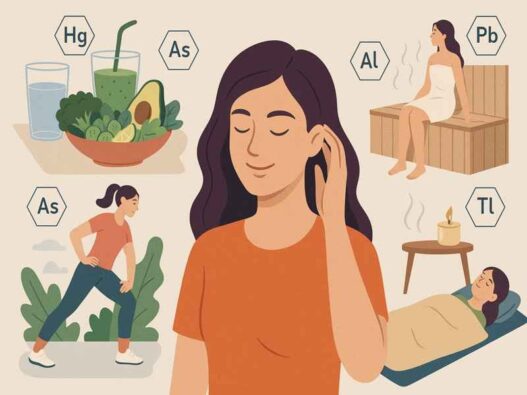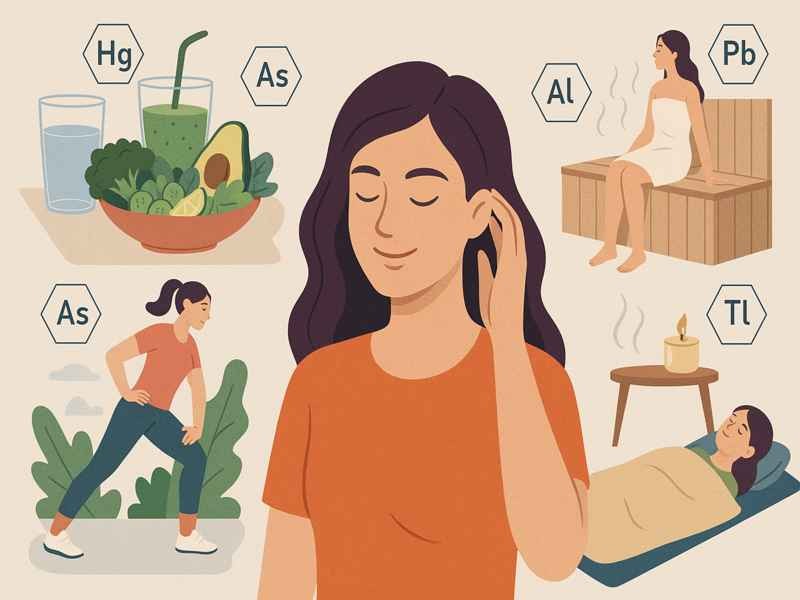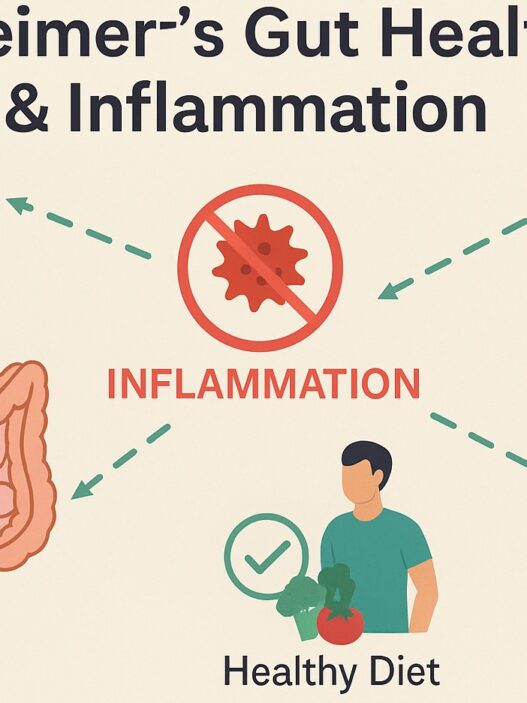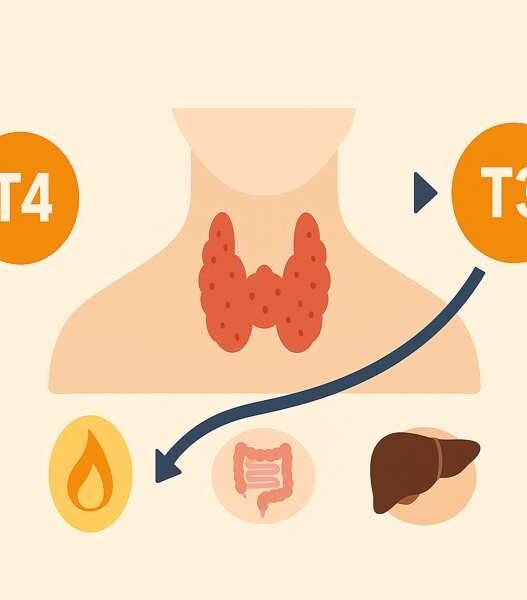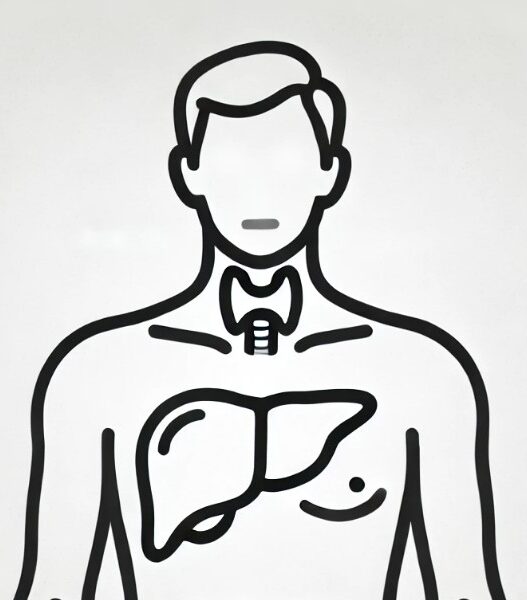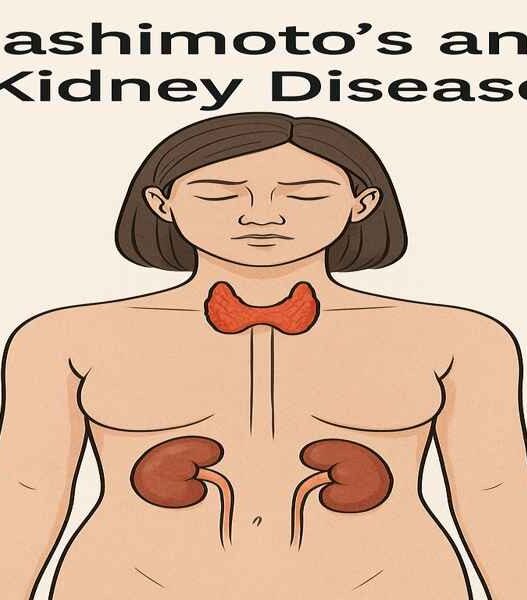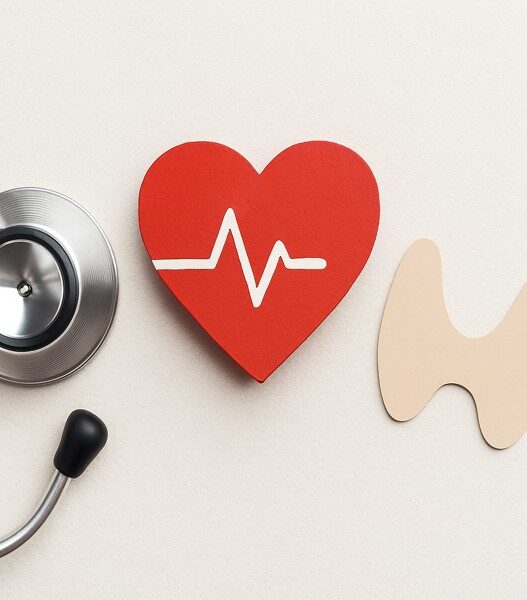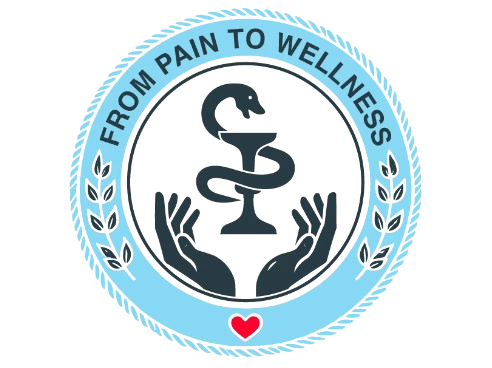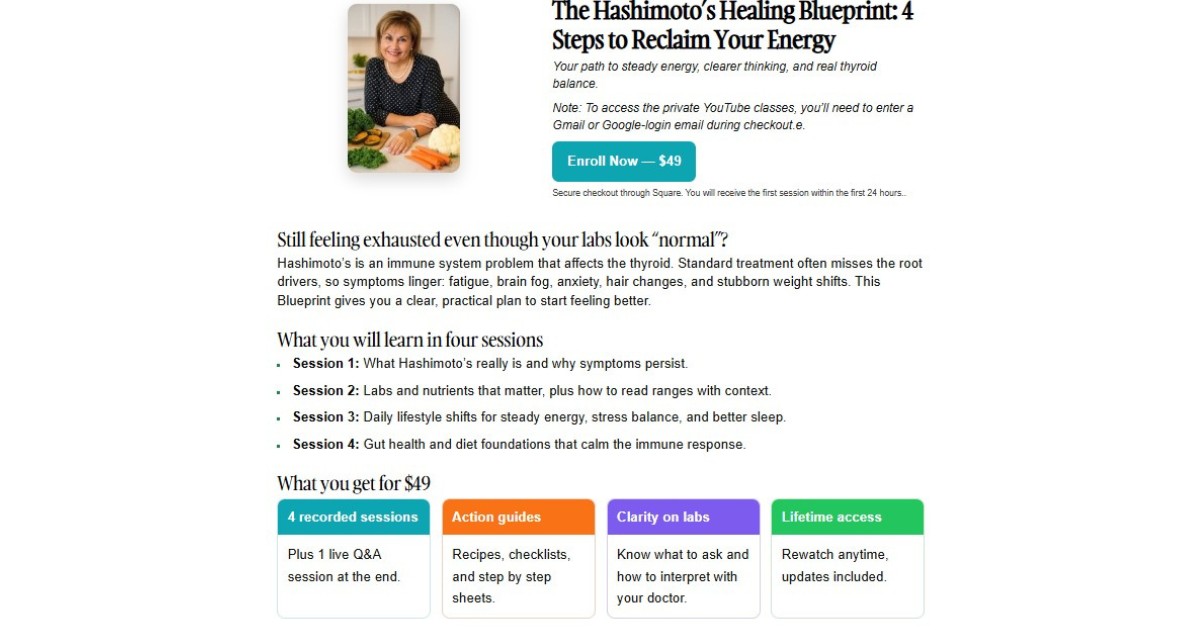Join the Wellness Journey
Gentle Detox for Autoimmune Wellness: How to Support Your Body Naturally
Living with autoimmune diseases like Hashimoto’s and autoimmune gastritis, I’ve come to realize that medications like Levothyroxine (Synthroid) and supplements alone aren’t enough. Yes, they stabilize certain functions, but they don’t address the deeper root causes, like toxin accumulation, gut dysfunction, or immune overload.
As I explain in my “Did You Know?” series, autoimmune diseases often cluster together—impacting multiple organs like the thyroid, gut, skin, or liver. Supporting the body’s natural detox pathways is not optional—it’s foundational to wellness.
When I began my own detox protocol, I was shocked to find high lead levels and moderate mercury levels on my toxin screening. I’d had no obvious exposure, but years of bioaccumulation and poor detox capacity had left their mark. And I could see it—my hair had become thin, and my scalp started to show.
Six weeks into my detox plan—gentle, food-based, and personalized—my hair became denser and fuller. The difference is real, and it’s visible. In this post, I’ll share what worked for me, how you can safely test, and why not all detoxes are created equal.
Why You’ll Love This Detox Approach
This detox method is:
AIP- and low-oxalate-friendly
Focused on nourishing your body, not depriving it
Customizable based on test results and symptoms
Safe for chronic illness, without harsh restrictions
No juice fasts. No gimmicks. Just food, movement, hydration, and strategic support.
Health Benefits of Gentle Detox
Gentle detoxification can improve:
Inflammation and flare-up frequency
Gut health, regular bowel movements
Liver and lymph drainage
Brain fog and fatigue
Skin clarity and brightness
Hair growth and density – I saw noticeable improvement after just 6 weeks
Hormonal balance and mitochondrial health
What About Juicing and Enemas for Detox?
People often ask about juice cleanses or enemas as detox tools, and while they sound natural, they aren’t always ideal — especially not as long-term strategies.
Juicing: Not Always What It Seems
Juicing carrots, beets, and apples may feel refreshing and give a short burst of energy, but there are a few concerns:
High sugar content (especially from beets and apples) can actually burden the liver rather than help it.
Most juices are low in protein and essential amino acids, which are needed for Phase II detoxification.
Without fiber, toxins stirred up by the liver may not be properly eliminated, increasing the risk of recirculation.
Long-term juice cleanses can cause nutrient deficiencies and blood sugar crashes, especially in people with autoimmune issues.
While beets and carrots do contain liver-supportive compounds like betaine and carotenoids, they work best when part of a balanced meal — not as a meal replacement.
Enemas: Sometimes Useful, But Not for Everyone
Enemas (including herbal or coffee enemas) are sometimes used in integrative detox protocols to stimulate bile flow or relieve constipation. However, they’re not for everyone:
For those with gut inflammation, IBS, or autoimmune gastritis, enemas can be irritating or too aggressive.
Overuse may lead to electrolyte imbalances or dependency on stimulation for bowel movements.
Without working on the root causes — like liver congestion, low bile flow, or microbial imbalance — enemas may give only temporary relief.
That said, short-term enemas under practitioner guidance may help in some cases of sluggish detox, but they should never replace foundational strategies like liver nourishment, daily movement, and proper hydration.
Why Testing Is Essential Before Detoxing
Before you start any detox, you need to know what you’re dealing with. Different toxins require different strategies. For instance, heavy metals like lead and mercury cannot be detoxed with just leafy greens or hydration. They need targeted binders, antioxidants, and sometimes professional chelation under supervision.
Tests That Can Reveal Toxin Load
Heavy Metals Test (Urine or Blood)
Often done with provoked urine testing (with DMSA or DMPS)
Measures mercury, lead, arsenic, cadmium, aluminum
Vibrant Wellness Total Tox-Burden Panel
Measures heavy metals, mycotoxins, and environmental chemicals
This is how I found my high lead and moderate mercury levels
GPL-TOX (Great Plains Laboratory)
Screens for chemicals in plastics, solvents, pesticides
Important for those with chronic fatigue, hormonal issues, or neurological symptoms
Mold/Mycotoxin Testing (MycoTOX or RealTime Labs)
Essential if you’ve lived in a water-damaged building
Mold toxins worsen autoimmune and gut issues
Organic Acids Test (OAT)
Assesses detox pathway function and mitochondrial health
Helps track glutathione, oxalate, and oxidative stress levels
Different Toxins = Different Detox Plan
Not all toxins are the same — and not all detox protocols work for everyone.
For example, I had high lead and moderate mercury levels. But others may be dealing with pesticides, mold toxins, plastics, or even hormone-disrupting chemicals like BPA. These require very different strategies for safe elimination.
Here are just a few examples:
Lead – Needs long-term binders (like modified citrus pectin, zeolite) + mineral replenishment (zinc, calcium)
Mercury – Requires glutathione support, selenium, and safe chelation
Pesticides – Best addressed with liver support (cruciferous veggies, NAC, milk thistle)
Mold/Mycotoxins – Involves antifungals, mold-free diet, binders like charcoal and bentonite clay
Plastics & BPA – Sweating (saunas), binders, and avoiding new exposure is key
Solvents – Need antioxidant support (ALA, glutathione), hydration, and sometimes mitochondrial repair
Excess Estrogen or Hormones – Require liver phase II support (especially methylation), plus fiber and bile flow
This is why testing matters. Detox should never be one-size-fits-all — it needs to be based on the type of toxin, your symptoms, your nutrient status, and your ability to eliminate safely.
My experience: After testing, I started a personalized detox protocol that included activated charcoal, PectaSol, NAC, ALA, mineral support, and consistent daily detox practices. That’s when I began noticing my hair growing back—stronger, fuller, and healthier.
How Detoxification Works in the Body
The body detoxifies continuously through three phases:
- Phase I (activation)
- Phase II (neutralization)
- Phase III (elimination).
These processes occur simultaneously, not sequentially over months. For each toxin, the liver immediately processes it through all three phases within minutes to hours.
Think of detox as a molecular assembly line: Phase I converts toxins into reactive forms, Phase II binds and neutralizes them, and Phase III eliminates them through urine, stool, or sweat.
While the detox phases work around the clock, long-term detox protocols (6-12 weeks or more) are often necessary due to chronic toxin exposure, stored toxins in fat or bone, and weakened detox capacity from nutrient deficiencies or inflammation.
How Long Do Detox Phases Take?
Phase I: Activation
Duration: Minutes to a few hours per toxin
Speed: Often very fast, especially in people with high toxin exposure, caffeine intake, or certain genetic variations (like CYP450 upregulation)
Caution: Can produce highly reactive intermediates quickly, which must be neutralized in Phase II
Key Insight:
You can have an overactive Phase I if you’re exposed to lots of toxins, but if Phase II can’t keep up, those intermediates build up and make you feel worse (e.g., headaches, fatigue, rashes).
Phase II: Conjugation
Duration: Minutes to several hours—but slower than Phase I
Speed: Depends on nutrient availability (glutathione, amino acids, minerals) and liver function
Limiting factors:
Nutrient deficiencies (B6, glycine, glutathione, etc.)
Genetic slow-downs (like GST, MTHFR mutations)
Chronic inflammation or liver overload
Key Insight:
This is often the bottleneck in detox. Supporting this phase can take days to weeks—especially if you’re replenishing nutrients or rebuilding glutathione levels.
Phase III: Elimination
Duration: Depends on your digestion, kidney function, and lymph flow
Speed examples:
Bile: Moves slowly, about 6–8 hours to reach the colon
Urine: Can eliminate water-soluble toxins within hours
Sweat: Depends on activity or sauna use
Stool: Transit time should be 12–24 hours (constipation delays detox!)
Key Insight:
This phase can take anywhere from a few hours to over 24 hours, but it’s essential to complete detox. If you’re not sweating, urinating, or having daily bowel movements, toxins can recirculate.
If any phase is sluggish or blocked, toxins can recirculate – especially if you’re constipated or inflamed.
Key reasons for long-term protocols
- Chronic exposure to new and stored toxins
- Weak Phase II due to nutrient depletion
- Gut and bile dysfunction
- Genetic mutations (e.g., MTHFR, GST
Foundational Detox Strategies (AIP & Low-Oxalate Friendly)
1. Nourish the Liver
Your liver detoxes in two phases, and both need proper nutrients.
Cooked leafy greens (kale, collards, dandelion)
Cruciferous veggies (steamed cabbage, cauliflower)
Herbs like cilantro and parsley to support chelation
Avoid beets if you’re prone to kidney stones—they’re high in oxalates.
2. Hydration + Mineral Balance
Flush toxins and prevent reabsorption.
Morning: warm water with lemon or sea salt
Herbal teas: ginger, dandelion, nettle, milk thistle
Add trace minerals to filtered water
3. Move & Sweat Gently
Support your lymphatic system and circulation:
Daily walks, yoga, or gentle rebounding
Dry brushing before showers
Epsom salt baths 2–3 times per week
4. Gut Health = Detox Health
The body eliminates toxins via bile and bowel movements.
Eat cooked fiber: carrots, squashes, greens
Bone broth, fermented foods (if tolerated)
Add HCL, digestive bitters or enzymes to enhance breakdown
5. Strategic Supplements
Tailored to your needs—not one-size-fits-all.
Liposomal glutathione – essential for phase II detox
Activated charcoal or bentonite clay – take away from food/supplements
NAC, ALA, milk thistle, alpha lipoic acid – powerful liver protectants
Minerals – zinc, magnesium, selenium to replenish after detox
Optional Add-ins & Detox Tools
Castor oil packs for lymph and liver drainage
Cilantro-based pestos (in reintroduction phase)
Beet-free detox broth with turmeric, cabbage, and herbs
Saunas (if tolerated) for sweating out heavy metals and BPA
Storage & Meal Prep Tips
Batch-cook bone broth, sautéed greens, detox teas
Freeze AIP pestos or soups in glass trays
Store food in glass containers to avoid plastic chemical exposure
Drink water from glass bottles (avoid plastic bottles)
My Hair Transformation
Before detox, my hair was thin, brittle, and I could see my scalp. After just 6 weeks of consistent detox support—tailored to my needs—my hair became visibly thicker and shinier. I wasn’t expecting this change so soon, but it’s now one of the most motivating parts of my journey.
FAQs
Q: Can I detox while on medication like Synthroid?
Yes—but gently. You’re not flushing your meds out. You’re helping your liver process toxins better.
Q: What’s the safest way to detox from heavy metals?
Get tested first. Then work with a practitioner. Use food, binders, antioxidants, and time.
Q: Is detox safe during the AIP elimination phase?
Yes. This plan was built to be AIP-compliant and low-oxalate. It avoids raw salads and unsafe herbs.
Want to start detoxing safely with recipes, grocery lists, and daily trackers?
Subscribe here or message me and I’ll send you my 3-Day Gentle Detox Plan—free for my community.
Disclaimer: I am not a medical doctor. The information shared in this blog is based on personal experience, research, and training as an Integrative Nutrition Health Coach. It is intended for educational purposes only and should not be taken as medical advice. Please consult your healthcare provider before starting any detox protocol, supplement, or major dietary change — especially if you have a medical condition or are taking medication.









